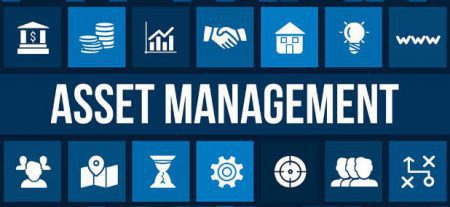 Optimal asset management is vital for organizations seeking to streamline the utilization and upkeep of their assets. To accomplish this goal, it is imperative to adhere to industry best practices and harness contemporary tools like Computerized Maintenance Management Systems (CMMS). Informed by industry insights and extensive research, we have curated a set of 12 invaluable tips designed to empower businesses in elevating their asset management processes.
Optimal asset management is vital for organizations seeking to streamline the utilization and upkeep of their assets. To accomplish this goal, it is imperative to adhere to industry best practices and harness contemporary tools like Computerized Maintenance Management Systems (CMMS). Informed by industry insights and extensive research, we have curated a set of 12 invaluable tips designed to empower businesses in elevating their asset management processes.
Define and Categorize Assets
Invest the necessary time to precisely define and categorize all assets, a step that enhances the efficiency, effectiveness, and productivity of your business.
Assign Value to Assets
Assess the current value of assets, factoring in depreciation, to maintain an accurate understanding of their worth and financial impact.
Take Inventory
Compile a comprehensive list encompassing all assets, including machinery, vehicles, tools, and software, to gain a clear overview of owned resources.
Identify and Evaluate Asset Obstacles
Recognize and proactively address challenges or obstacles related to asset management, ensuring smooth and uninterrupted operations.
Designate a Responsible Team Member
Entrust a reliable individual or team with the management of assets, fostering accountability and diligent oversight.
Automate Asset Management Processes
Explore the integration of Computerized Maintenance Management Systems (CMMS) and other automated asset management solutions to streamline tasks such as tracking, maintenance, and cost analysis.
Insure Assets
Safeguard critical assets by securing business property insurance and auto insurance, mitigating potential losses in unforeseen circumstances.
Understand Assets and Taxes
Be aware of the tax implications of assets, including depreciation and deductions, to optimize financial management
Centralize Data Management
Store all asset-related data in a centralized system to facilitate informed decision-making and streamline processes
Implement Preventive Maintenance Programs
Establish regular maintenance schedules to prolong asset lifespan and minimize unexpected downtime
Utilize Asset Tracking Technology
Employ barcode or RFID systems to achieve real-time tracking and gain insight into the whereabouts and status of assets.
Invest in Employee Training
Provide comprehensive training on asset management systems and best practices to improve data quality and overall effectiveness
Conclusion
Establishing resilient asset management practices, fortified by cutting-edge solutions like CMMS, is essential for organizations committed to ensuring the prolonged lifespan and optimal performance of their assets. By adhering to the 12 tips outlined in this guide, businesses can help achieve heightened control over their assets, enhance operational efficiency, and make well-informed decisions regarding asset utilization, maintenance, and investment. The integration of CMMS serves as a robust mechanism to centralize data management, automate processes, and elevate preventive maintenance. Embracing these exemplary practices, in conjunction with the utilization of CMMS, not only streamlines asset-related procedures but also contributes to cost savings, risk mitigation, and fosters a more agile and competitive business environment.